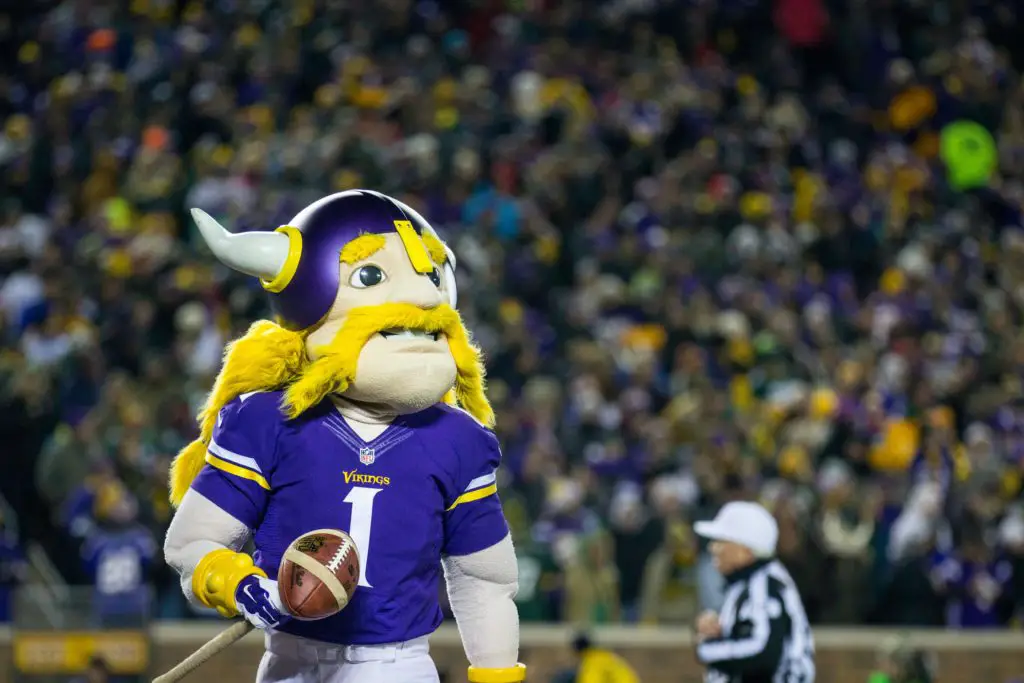Approximately 7% of all high school players will go on to play collegiate sports. The chances of making it to Division 1 are much slimmer, at roughly 2%. To improve your chances of playing collegiate basketball, you must first understand the differences between D1, D2, and D3. Here we will see about What Does D1 D2 D3 Mean in College?
The list of professional soccer initiatives in Division II of the National Collegiate Athletic Association (NCAA) in the United States and Canada are D1, D2, and D3. There will be 167 Division II football programmes in 2021, which is four more than in 2020.

D1
D1 colleges usually attract the greatest athletes in collegiate sports and are the first choice for student-athletes who want to pursue their sport professionally. D1 colleges are, on average, the nation’s largest universities with the greatest enrollments.
A D1 institution has a median undergraduate membership of 8,960 students, more than five times that of a D3 school, which has 1,740. D1 schools have the most athletic scholarships, have significant budgets, and offer a large array of sports.
While most Division 1 colleges offer greater sports scholarships than their D2 and D3 competitors, the Ivy League, which is Division 1, is an exception. These colleges do not provide athletic (or academic) scholarships.
D2
D2 colleges have a more holistic approach to sports and academics, and hence need less dedication than D1 schools. D2 schools are typically mid-sized, with a median enrollment of 2,428 students and one athlete for every ten students.
D2 athletic programs, like other university institutions on campus, are sponsored by the institution’s budget. D2 student-athletes can receive partial scholarships, which are commonly combined with scholastic aid and need-based grants to help pay for education.
D3
D3 includes a diverse group of colleges. To give you an indication of the size of the D3 schools, the largest has over 25,000 students and the lowest has just over 400. This division also has the most schools (438) and the highest percentage of athletes among its students (one in six).
D3 athletic programs are funded similarly to other departments at colleges, and students do not earn scholarships based on their athletic abilities. D3 sports emphasize the student-athlete experience (as opposed to the audience experience) and encourage universities to make the most of their athletic resources.
Which NCAA Division Should You Play In?
We all have different passions, and sports may or may not be among them. The athletic category you choose is determined by how important athletics are to you during your college career.
D1 is the most competitive category, with the top players and teams, and it needs a tremendous amount of commitment—travel, off-season practices, and even weekend obligations are all part of the package. For a more well-rounded collegiate understanding and ability to play all four years, many exceptional athletes selected Division 2. In general, D3 allows student-athletes to have a “regular” collegiate experience while still competing in sports.
Non-athletes are also likely to rely on their college choices on a school’s athletic programme. For example, some football lovers pick D1 institutions in Power Five meetings, athletic leagues that are renowned as excellent in football—to experience major Saturday games, and venues full of students.
Why Do Different Divisions Exist?
The NCAA’s three divisions help to ensure parity and a level playing field in college sports—for example, it’s only fair that a massive state university like UCLA, with over 30,000 undergraduates and vast resources, competes against schools that invest similarly in sports and have athletes of roughly equivalent skills.
Small colleges (and institutions with lower resources) can compete for championships thanks to the NCAA’s categories. Athletes of varying skills can also compete at the college level thanks to the system. At a Division 1 school, for example, just one in every 23 students is an athlete; at a Division 2 school, the ratio drops to one in every six.
Conclusion
If sports are essential to you, they should be considered when choosing a college. However, they should be viewed as a secondary issue to academics. Other factors to consider while choosing a college besides athletics include:
Fit: Is the school a good match for your dream college experience? Is it, for example, the proper distance from home and in the right location; does it have the right student body size; and does it offer the courses you wish to take?
Finances: The cost of the degree and the return that you will receive.
Finally, students who want a school that is a good fit for them and fits their financial needs have the finest college experiences and are better prepared for success after graduation.
Frequently Asked Questions
- What distinguishes a college as D1, D2, or D3?
D1 is made up of the largest colleges and universities with huge athletic expenditures. D2 includes several good teams and athletes, but the schools are generally smaller and have smaller funds. The lowest tier, D3, is made up of many tiny private universities with limited resources.
- How does a D2 football team operate?
D2 is an intriguing division since it contains a lot of the same athletic skills as D1, but with a little better balance between athletics, academics, and social life. While D2 football players must still devote a considerable amount of time and effort to their team, they will have more free time than D1 footballers.